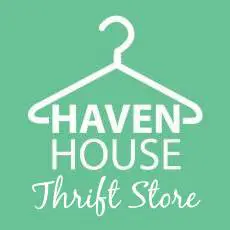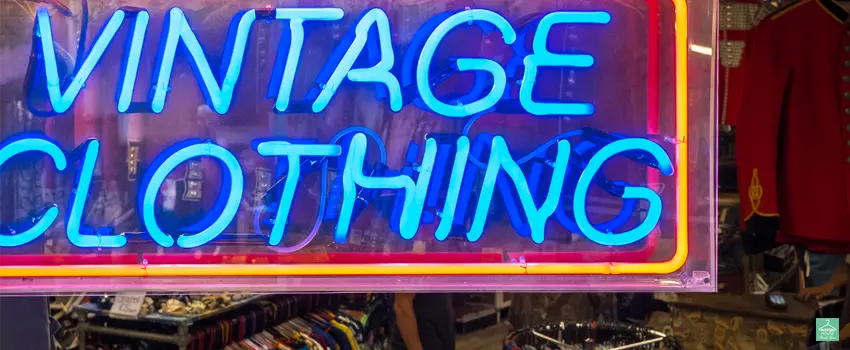Vintage clothing has been around for decades but has recently experienced a surge in popularity. In a world where fast fashion dominates, vintage clothing offers an exceptional and sustainable alternative. But why has it suddenly become so popular?
Its popularity is due to many factors. For one, it allows individuals to stand out and express their unique style. Additionally, vintage clothing is more sustainable than fast fashion, which is notorious for its negative environmental impact. Individuals can reduce their carbon footprint and support ethical practices by shopping for vintage pieces at clothing stores.
If you want to shop for clothes sustainably, vintage clothing is a great choice. By shopping for vintage clothing, you can also discover stylish pieces that elevate your wardrobe. So, for your next thrift store or vintage clothing store trip, remember these facts and tips for scoring your next vintage outfit.
Where To Shop for Vintage Clothing

One of the challenges of updating your wardrobe with vintage clothing is knowing where to find well-preserved items. While you can sometimes stumble upon gems at garage sales, knowing where to look for well-kept and authentic pieces isn’t easy. Here’s where you can buy vintage clothes:
1. Online Stores
Online stores provide a convenient way to shop for vintage clothing from your home. Many online vintage stores offer a curated selection of carefully chosen pieces that are high-quality and authentic.
These stores often provide detailed descriptions and measurements of each piece, making it easier to ensure a good fit. Online vintage stores also offer a wider selection of pieces from different eras and styles that will fit any wardrobe.
2. Brick-and-Mortar Stores
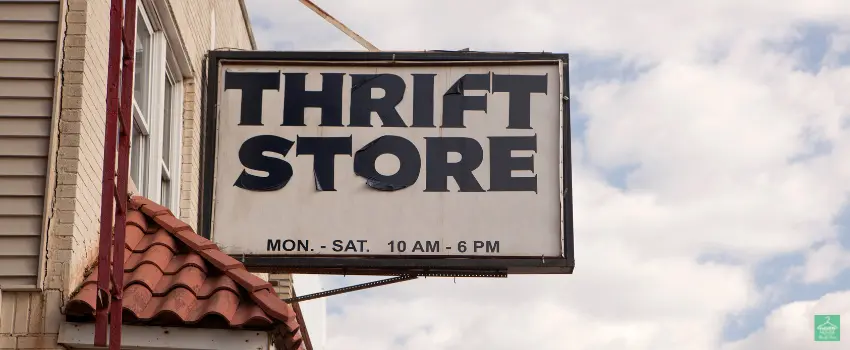
Brick-and-mortar stores are your best bet if you prefer to see and feel the pieces in person before purchasing. Thrift stores, consignment shops, and vintage boutiques are good options to explore.
Although these stores may take more effort to browse through, they can also provide the excitement of uncovering a hidden treasure. Brick-and-mortar stores can also offer lower prices than online vintage stores, making them the better choice for those on a budget.
3. Local Markets and Events
Flea markets, vintage fairs, and pop-up shops are where you might find one-of-a-kind vintage pieces. These events can also be a fun way to spend a day browsing and chatting with vendors and other vintage enthusiasts.
Keep an eye out for vintage-specific events in your area. Also, search for general arts and crafts fairs, which may feature vintage clothing stores.
How To Identify Vintage Clothing

When shopping for vintage items at clothing stores, you must have a keen eye to distinguish true vintage from vintage-inspired pieces. You should consider several factors, from examining the garment’s label to inspecting its fabric. Here’s what to check when purchasing vintage clothing:
1. Fabric and Material
Paying close attention to a garment’s fabric and material can give you clues whether it’s an authentic vintage piece or a modern reproduction. Vintage clothing was often made from high-quality materials, such as silk, wool, and cotton, which were durable and long-lasting.
When examining a garment’s fabric, look for signs of wear and tear, like holes or thinning areas. These signs indicate that the garment has been heavily used or is less old than it appears. Additionally, vintage clothing may have a different texture or weight compared to modern fabrics due to changes in manufacturing processes.
2. Tags and Labels
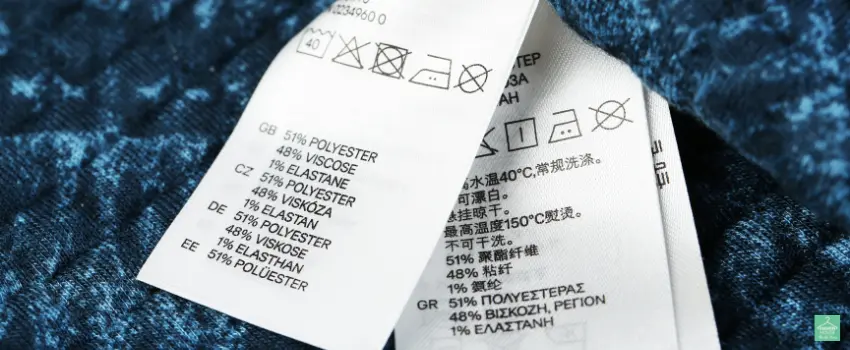
One of the easiest ways to identify genuine vintage clothing brands is by checking the tags and labels. Look for tags that indicate the brand, size, and care instructions. Vintage clothing typically has different tags than modern clothing, so you should be familiar with the styles of tags from different eras.
In addition, vintage clothing may have tags that indicate the country of origin or the fabric content. These tags help identify the time when the garment was made.
3. Style and Design
Understanding a garment’s style and design can help you determine its era since fashion trends and styles evolve. One key indicator is the silhouette or overall shape. For example, clothing from the 1920s often featured loose and flowing designs, while the 1950s saw the rise of more fitted and tailored styles.
Another way to identify an authentic vintage outfit is to pay attention to the details. Look for popular features in a specific era, like shoulder pads in the 1980s. Certain patterns were also more popular during specific periods, such as bold prints in the 1960s.
How To Maintain Vintage Clothing
Since vintage clothing may be delicate, proper maintenance and care are crucial. Here’s how to maintain your outfits from vintage clothing stores:
1. Cleaning and Laundering
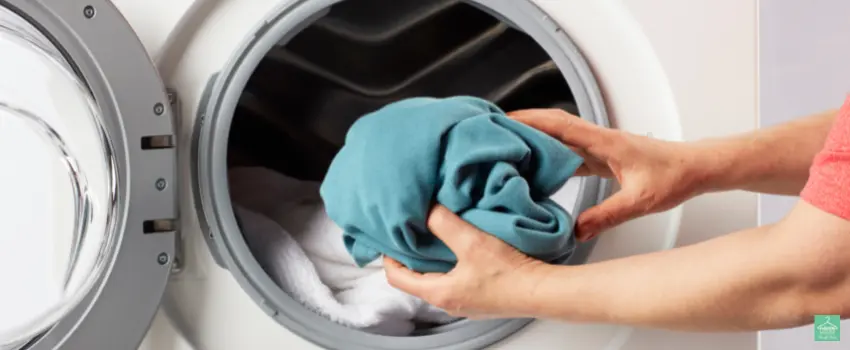
When cleaning and laundering your vintage pieces, you should follow proper cleaning techniques to avoid damaging the fabric or materials. Hand washing is often recommended, especially if made from delicate fabrics like silk or wool. It’s best to use a gentle detergent and lukewarm water to avoid damaging the garment.
For items that can be machine washed, use a gentle cycle and cold water. Always wash similar colors together to avoid any bleeding or fading. You should also avoid using the dryer, as the heat can shrink or damage the fabric.
2. Storage
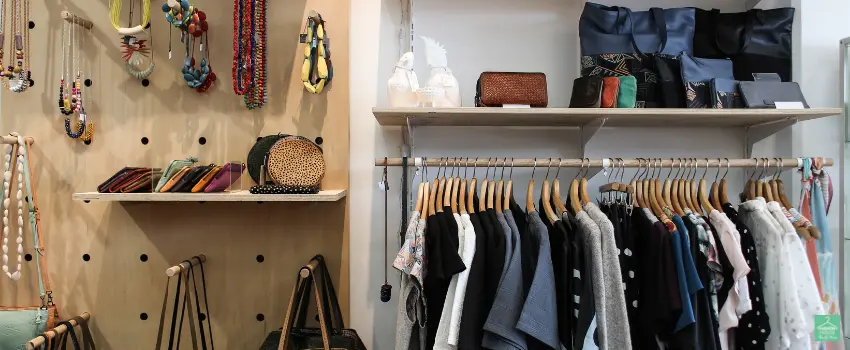
Proper storage is vital when you find vintage clothing you want to preserve. Through correct storage, you can prevent damage from dust, insects, and sunlight. Ensure that the garment is clean and completely dry before storing it. Then, choose a storage location that is cool, dark, and dry, such as a closet or dresser drawer.
Avoid storing vintage clothing in attics or basements since these areas are prone to dampness and temperature fluctuations. You can also consider using acid-free tissue paper or garment bags to protect your vintage pieces from dust and light exposure.
3. Repair and Restoration
Repair and restoration allow you to enjoy your vintage garments for years. You can do small repairs at home, such as fixing loose buttons, with a basic sewing kit. For more complex repairs, such as repairing holes, it’s best to take the garment to a professional tailor or seamstress.
Besides repairs, restoration helps revive vintage clothing. Restoration can include removing stains or discoloration and updating the piece of clothing to a modern size and style.
The Bottom Line
Purchasing vintage clothing is a sustainable fashion choice that lets you discover unique apparel. Opting for vintage pieces in clothing stores can build a solid wardrobe and reduce your clothing waste. With some research and an open mind, vintage clothing can offer endless possibilities for self-expression and creativity.
Score vintage pieces and elevate your wardrobe at Haven House Thrift Stores.
For sustainable yet fashionable vintage finds, visit Haven House Thrift Stores. Our thrift store in Carthage, TN, offers a diverse selection of clothing and accessories that are both eco-friendly and trendy. Come and explore our collection to discover unique and affordable pieces that will add character and style to your wardrobe. Stop by today to experience the joy of thrift shopping!
